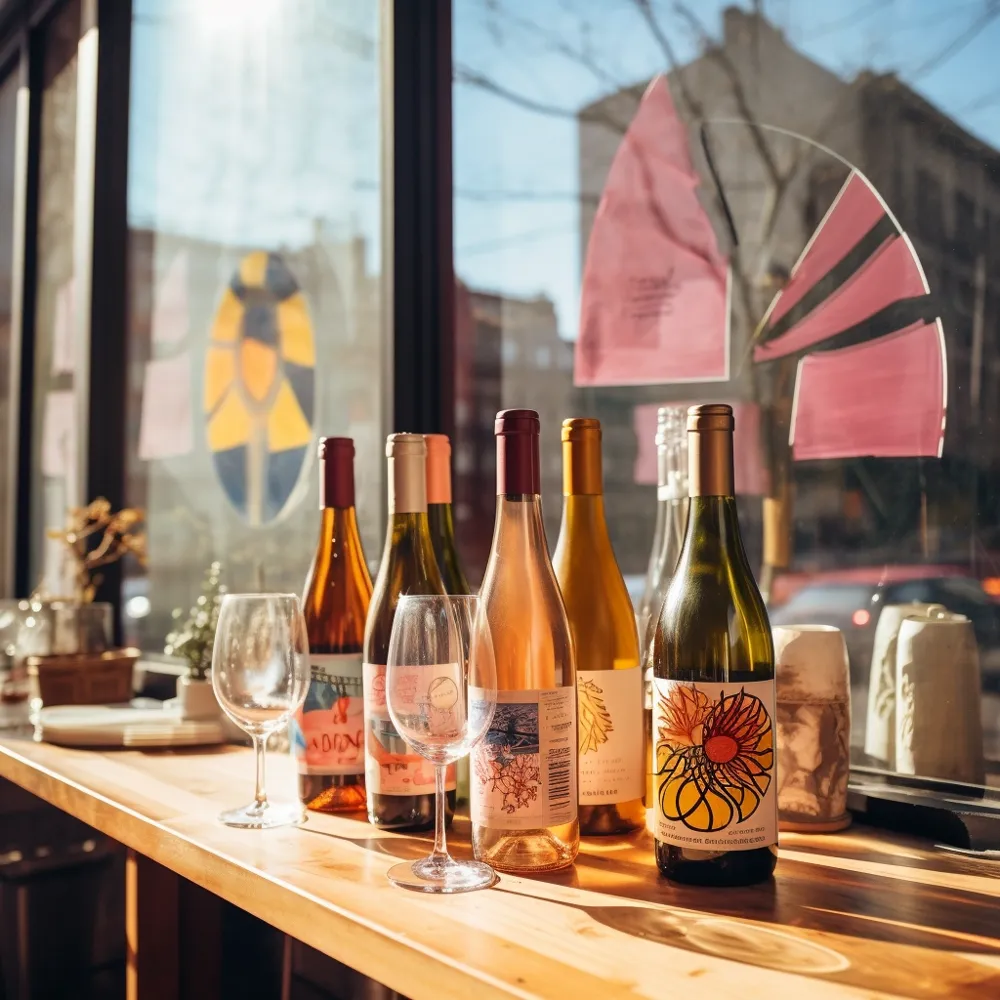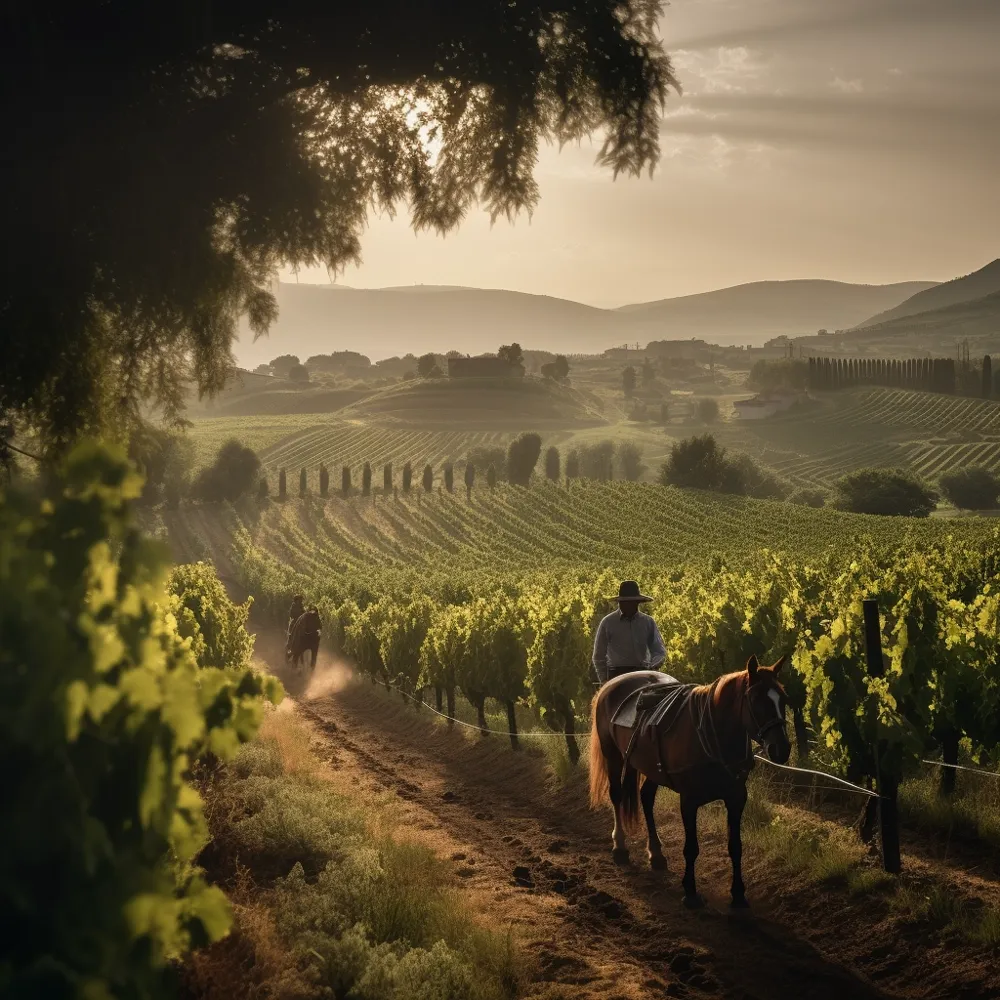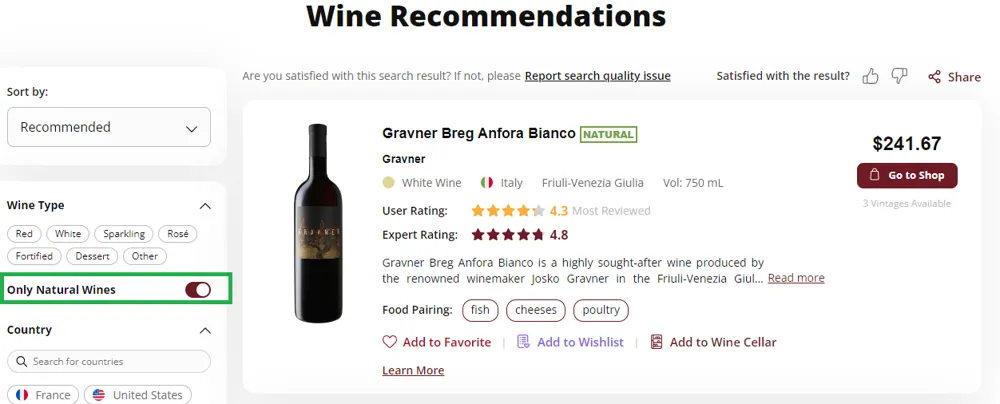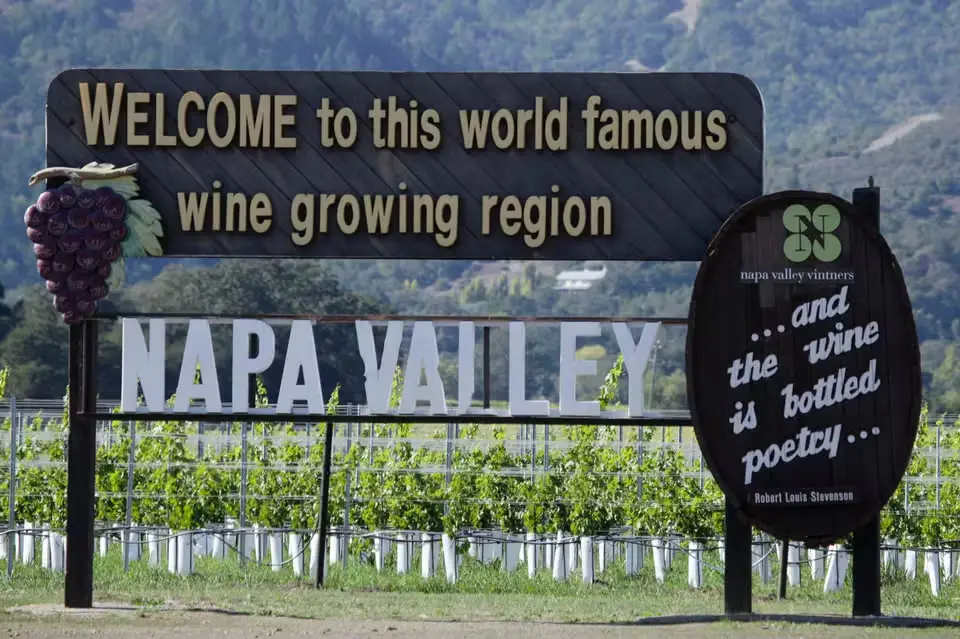Natural Wine 101 - Natural Wine Regions to Discover
As polarized as natural wine can be, the trend is taking over the world. More people are making it, more people are drinking it, and more are curious and skeptical. Due to the lack of a defined standard by law, navigating the natural wine scene can be a bit challenging, particularly for curious newcomers.
Whether you're fascinated by the renaissance of traditional winemaking, the battle against mass-produced industrial wines, or simply drawn to the eye-catching wine labels and the desire to catch the trend to be the “cool kid”, here are some wine regions that stand out in the natural wine scene. Explore the great natural wines these regions have to offer.

Beaujolais, France: The Birthplace of Natural Wine
Located in the east of France, Beaujolais is known for its hands-off winemaking process. Not only it is considered the birthplace of natural wine but it is also a region that has embraced the philosophy of minimal intervention winemaking.
Often misconstrued for the youthful and fruity Beaujolais Nouveau, the region also offers more "serious" wines. The Gamay grape can produce wines ranging from juicy and approachable to elegant and refined. Thanks to its bracing acidity and crunchy red fruit flavors, Beaujolais wines are not only delicious and approachable but also versatile, making them easy to pair with a variety of foods.
Beaujolais provides an excellent starting point for those new to natural wines. You can find styles ranging from light and fruity with carbonic maceration to oak-aged, nuanced, complex bottles with good aging potential.
Beaujolais wines to try:
Jura, France: Natural and Great
Heading to the French Alps, the Jura region is a small but mighty player in the natural wine scene. Many of the top wines of the Jura are made with minimal intervention. The French Alps act as an inspiration for the producers of the region.
As a result, they follow organic or biodynamic faming, despite the hardships of the wet climate of the region. In the end, this allows them to craft of elegant and refined wines with the help of native yeast.
Jura is particularly renowned for its oxidative-style. Nutty-flavored white wines made from Savagnin and Chardonnay dominate. However, the unique red wines made from indigenous grapes, Poulsard and Trousseau are also worth seeking out.
These distinctive wines significantly contribute to the region's unique offerings. They establish Jura as a destination where natural wine is synonymous with greatness and classic.
Jura natural wines to try:
Friuli, Italy: Home of Great Orange Wines
In the northeastern corner of Italy lies Friuli, a region famous for producing some of the greatest orange wines in the country. Friuli is the home of legendary winemakers like Josko Gravner and Stanko Radikon.
These passionate winemakers helped revive traditional skin-contact orange wines in the early 1990s. They have significantly influenced numerous other vignerons to work in a traditional and low-intervention way throughout the region. As a result, Friuli has emerged as one of the best regions for orange wines. The orange wines of Friuli are known for their character, depth, complexity, and aging potential.
Beyond that, similar to other regions in Italy, Friuli boasts a diverse range of international and indigenous varieties, each featuring distinct characteristics. The varieties range from Friulano and Malvasia Istriana to Sauvignon Blanc. Friuli a haven for those seeking handcrafted, small-production, and unique wines.
Friuli natural wines to try:

Burgenland, Austria: Indigenous Varieties with Character
While Wachau or Kamptal are more famous as wine regions in Austria, the Burgenland region stands out as the home to some of the big names in natural wine. Pioneer winemakers like Heinrich embraced organic and biodynamic farming and paved the path for the region. Yet the story is continuing to evolve with new voices, like Ziniel.
Here, indigenous varieties like Grüner Veltliner, Blaufränkisch, Zweigelt, and St. Laurent take center stage. Wines from Burgenland are a pure expression of the variety, vibrant and easy-drinking, yet they do not compromise on complexity.
The indigenous grape varieties, such as Grüner Veltliner, offer great value for the sparkling wine style known as Pétillant Naturel (PetNat).
Versatile enough to pair with a range of foods, these wines showcase the unique characters of Austrian grape varieties. Burgenland is an excellent choice for those looking to explore the world of natural wines from Central Europe.
Burgenland natural wines to try:
Rheinhessen, Germany: Dynamic Natural Wine Landscape
Rheinhessen, Germany's largest wine-producing region. This may seem opposite to the small-scale natural wine producers we are familiar with. Yet, Rheinhessen has undergone a transformation in recent years.
Shedding its reputation of producing inexpensive wines, it has become a dynamic wine region full of potential. A new generation of young winemakers has embraced natural winemaking practices, combining innovation and tradition within the region.
Climate change has played a pivotal role in helping German wine regions achieve better ripeness while maintaining good acidity. Rheinhessen now offers delicious and affordable natural low-intervention wines. Riesling, Pinot Noir, Pinot Blanc and Müller-Thurgau are the region's specialities.
Rheinhessen natural wines to try:
Catalonia, Spain: A Hub of Spanish Natural Wine
Catalonia is known for the sparkling Cava wines and the rich, robust Priorat. Yet it also stands as a thriving hub for Spanish natural wines. Spain has the largest organic vineyard surface globally, with Catalonia leading this movement. The region is home to innovative, sometimes radical small producers who prioritize quality over quantity.
The focus lies mainly on Mediterranean grapes like Grenache, Carignan, Grenache Blanc, Macabeo, and Xarel-lo. However, some producers are dedicated to reviving rare, indigenous varieties such as Sumoll, Trepat, Garrut, Queixal de Llop, Ull de Perdiu, Cartoixa Vermelle, and Bobal. Catalonia offers a diverse and exciting exploration of Spanish natural wines.
Catalonia natural wines to try:
If you are curious about natural wines and eager to start exploring, these regions, each with its unique terroir, indigenous grapes, and visionary winemakers, offer a fantastic starting point for those new to the natural wine scene.
From the birthplace of natural wine in Beaujolais, to the dynamic wine region of Rheinhessen, whether you're captivated by the allure of traditional winemaking or simply seeking something different, you're in for a journey of authentic and expressive natural wines!

Sylvia Ba



